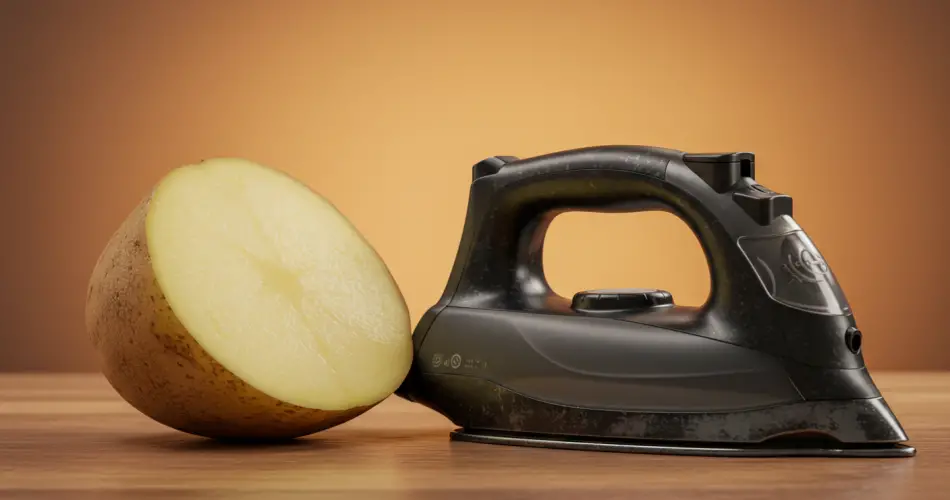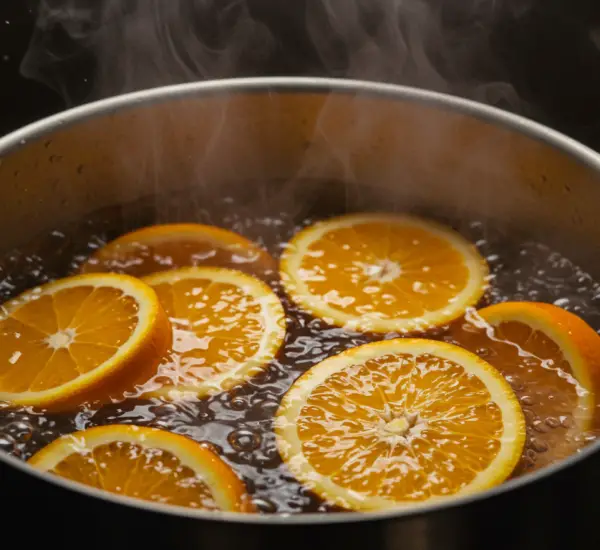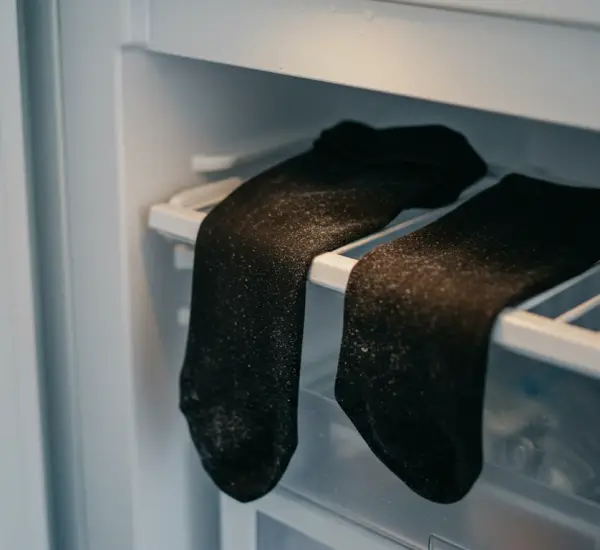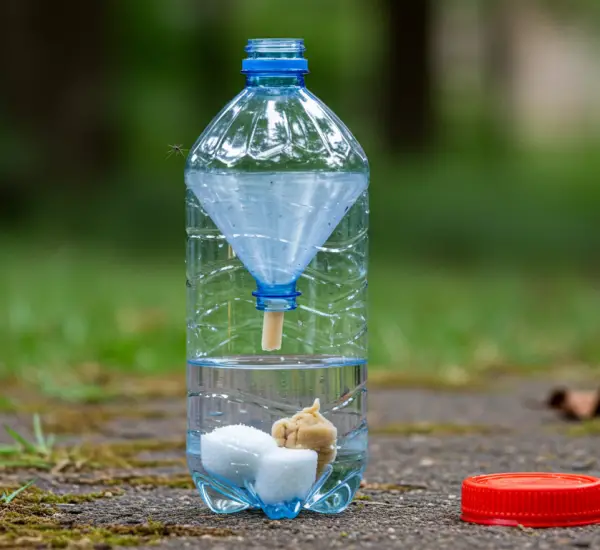Ironing is one of the least enjoyable household chores for many people, yet it remains an essential step in maintaining clean, crisp clothes. Whether it’s shirts, blouses, or bed linens, ironing ensures garments look their best after washing and drying. A crucial part of this process is having a properly functioning iron, especially the plate that comes into direct contact with your clothing.
Over time, the plate of your iron can become clogged with mineral deposits, rust, and stubborn stains. These build-ups not only reduce the iron’s efficiency but can also damage your clothing, leaving unwanted marks or discoloration. While it may be tempting to discard an old iron and buy a new one, there’s no need to rush to the store. With a few household ingredients and a clever trick passed down through generations, you can restore your iron’s plate to near-new condition.
Why Iron Plates Become Dirty
The plates of irons, particularly those made of stainless steel, ceramic, or aluminum, are designed to conduct heat evenly. However, repeated use and exposure to water can cause problems. Over time, holes designed to release steam can accumulate mineral deposits, especially if you use hard tap water. In addition, the surface of the plate may develop rust spots or stubborn stains.
This rust can be particularly problematic because it can permanently stain or ruin your clothing if left untreated. Similarly, mineral deposits from hard water reduce the efficiency of your iron, causing it to drag across fabrics rather than glide smoothly. Fortunately, these issues can be addressed effectively with natural, inexpensive ingredients.
Essential Ingredients for Cleaning
To clean your iron thoroughly, you’ll need just a few simple ingredients:
-
Lemon – Known for its natural acidity, lemon can help break down mineral deposits and act as a mild bleaching agent.
-
Vinegar – Another acidic solution that dissolves limescale and eliminates residues.
-
Salt – Works as a gentle abrasive to scrub away stubborn stains.
-
Baking soda – Complements the mixture, boosting its cleaning power.
-
Potato – Yes, surprisingly, a simple potato can help remove rust from the iron’s plate.
Step-by-Step Cleaning Process
-
For light mineral build-up:
If your iron plate has minor deposits or stains, start by mixing lemon juice, vinegar, and a pinch of salt. Apply this solution to a sponge and gently wipe the plate. This combination effectively breaks down surface-level grime and prevents further staining. -
For heavy limescale and stubborn deposits:
When the build-up is more significant, prepare a paste by combining 50 milliliters of distilled water, 100 milliliters of the lemon-vinegar-salt mixture, and four tablespoons of baking soda. Spread this paste evenly over the iron’s plate and leave it for several hours. After the solution has had time to work, wipe the plate thoroughly with a microfiber cloth. The results will be immediately noticeable, with the mineral deposits and stains removed. -
Using the potato for rust removal:
Rust on the iron plate may require a more hands-on approach. Surprisingly, a raw potato can be your secret weapon. Begin by cutting a potato in half. Sprinkle the cut side with baking soda and a little of the lemon-vinegar-salt mixture. Rub the potato directly onto the rusted areas of the iron plate.As you scrub, the potato works to lift the rust without scratching the plate. The natural moisture from the potato, combined with the mild abrasiveness of the baking soda and the acidity of the lemon and vinegar, ensures that every rust spot and stain is effectively removed. Continue this process until the plate is completely clean.
Additional Tips for Preventing Rust and Stains
Cleaning the iron is only part of the solution. To prevent future build-up:
-
Use distilled water: Using demineralized or distilled water in the iron reduces the risk of limescale formation, keeping the steam vents and plate clean longer.
-
Regular maintenance: Wipe the iron’s plate after each use with a damp cloth to remove residual starch or detergent from clothing.
-
Avoid harsh chemicals: While many commercial cleaners are available, natural solutions like the lemon-vinegar-salt mixture are gentler and less likely to damage the iron or clothing.
Why the Potato Trick Works
The potato trick may seem unconventional, but it’s a tried-and-true method passed down through generations. The starch in the potato, combined with the acidic and abrasive elements of the lemon, vinegar, and baking soda, helps lift rust and stubborn residues without harming the iron plate. Unlike harsh chemical rust removers, this approach is safe, eco-friendly, and surprisingly effective.
Conclusion
A rusty or stained iron plate doesn’t have to mean replacing the appliance. With just a few common household ingredients and a little elbow grease, you can restore your iron to pristine condition. Start by addressing light mineral deposits with lemon, vinegar, and salt, then tackle more stubborn build-up with a baking soda paste. Finally, for rust, the humble potato provides an effective and gentle cleaning solution.
By regularly maintaining your iron and using distilled water, you can prevent limescale and rust from forming in the first place. With these tips, ironing becomes less of a chore, your clothes remain pristine, and your iron stays in excellent working order for years to come.



